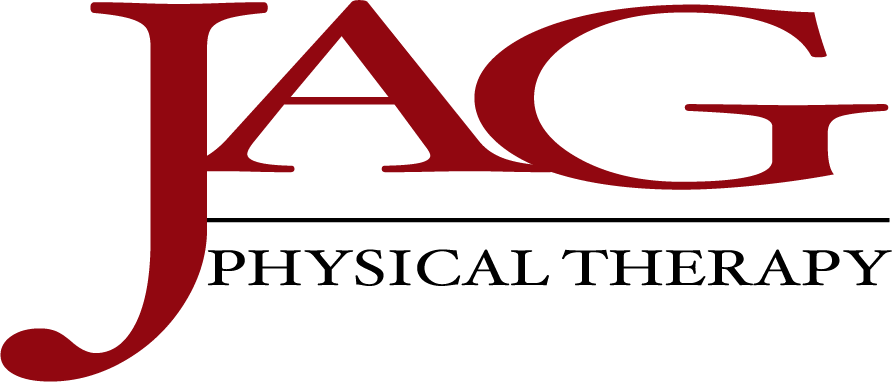CONNECT PHYSICAL THERAPY JOINS THE JAG PHYSICAL THERAPY TEAM
JAG Physical Therapy, the Tri-State Area’s leading provider of outpatient orthopedic physical and occupational therapy services, is excited to announce that Connect Physical Therapy, with two facilities located in Howell and Hamilton, has joined the JAG Physical Therapy team.
“We are ecstatic to announce that Connect PT will be joining JAG Physical Therapy. Connect PT has a proven track record of providing excellent and individualized patient care and we are certain that together we will be able to provide the most advanced level of care for current and new patients,” says John Gallucci Jr., CEO of JAG Physical Therapy.
“Connect PT’s Hamilton and Howell locations will continue to treat patients with pelvic pain and post-prostatectomy issues along with other rehabilitation needs to best serve the community.”

